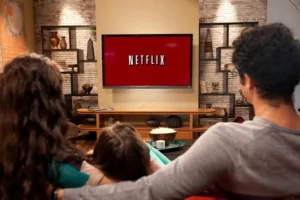Consumers in developed countries are increasingly watching online video ‘on their own terms’ – so says Limelight Networks’ new ‘State of Online Video’ report.
The survey, of more than 1,200 consumers in the UK, USA, Canada and Australia, found that more than 83% watch on-demand video: an increase of 4% since April. In addition, more than 36% were found to be watching four or more hours every week, compared to 30% in April.
A growing number of consumers are watching online video on their TV, using a variety of different means. These include apps on smart TVs, as well as connected devices like STBs and game consoles. The trend creates a challenge for content providers, which must ensure that high-quality content is sent to each device; consumers are likely to abandon video if the quality is poor.
Millenials were found to be the largest consumers of online video. The greatest jump among this group was in those watching 10+ hours per week, from 15% in April to almost 20% in the latest report.
In addition to consuming more video than other demographics, Limelight found that millenials are more likely to subscribe to OTT services. More than 40% subscribe to at least one, and 31% subscribe to two or more, compared to 32% and 18%, respectively, among older generations. They are also losing patience with buffering, with data showing a 35% increase in the number who would abandon a video after a single buffering event.
Cord-cutting among Millenials is being driven by content availability. While, previously, Limelight found that most consumers cited price as a reason for ending pay-TV services, access to content (i.e. getting content directly from owners; live event coverage being more prevalent online, etc) is now more of a factor.
Limelight found that apps are the go-to source of viewing content in TV sets now, specifically on smart TVs. However, in terms of OTT devices, Microsoft’s Xbox leads the market (28%), with Sony’s Playstation close behind (23%) (interesting considering the massive disparity in sales for the current-generation consoles, with the PS4 far ahead – TA). The Apple TV (16%) is in third place. Roku devices claimed 11% of the market, and Amazon’s Fire TV took 8%.

